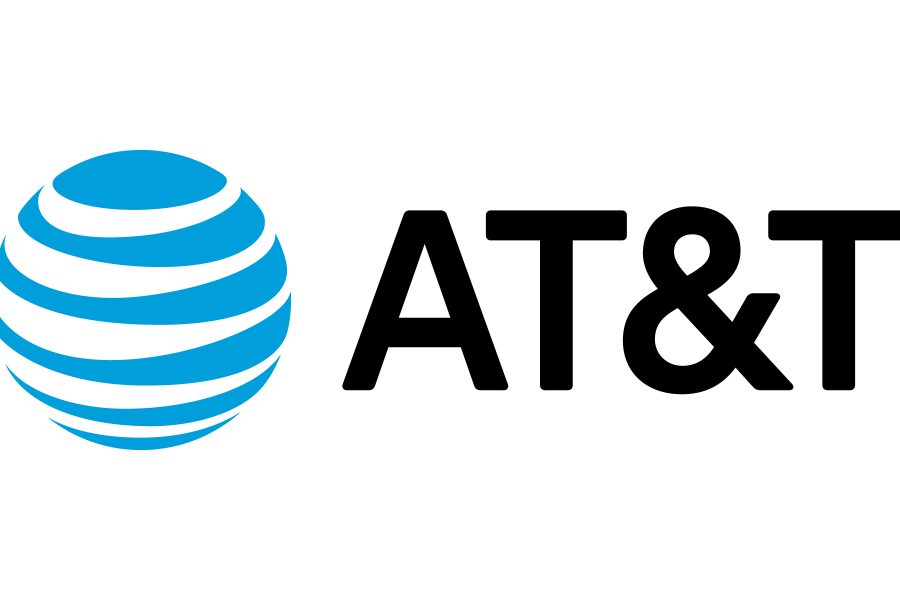How AT&T’s utility dreams crashed and burned
For almost four years, AT&T and Nokia worked diligently to sell private wireless LTE services to utility operators around the country.
And for a while, the effort looked like it would be a smashing success. In 2019, AT&T reported it counted contracts with 15 different utility companies across 18 states in the US, with another 14 utilities on the hook. The utilities planned to lease spectrum in AT&T’s WCS C and D Block holdings to build private wireless networks using Nokia’s LTE equipment for a range of services like meter monitoring and disaster recovery.
“AT&T reasonably expect[ed] to contract with those utilities to deploy LTE smart grid service over the next 12-24 months,” the operator told the FCC.
And then the FCC messed everything up, at least according to AT&T.
“Changes to the market dashed these expectations,” AT&T wrote. “Significantly, as a result of commission actions, other spectrum became available to utilities, causing them to alter or reconsider their interest in leasing AT&T’s WCS spectrum.”
Better options
AT&T specifically pointed to the FCC’s moves in 2020 to auction 3.5GHz CBRS spectrum licenses, and its decision to allow LTE operations in the 900MHz band. Utilities leapt at the opportunities: Almost a dozen utility providers purchased CBRS spectrum in the auction, and a growing number have been inking deals to use 900MHz licenses from Anterix.
“Utilities found the prospect of holding their own broadband spectrum licenses potentially more attractive than leasing C and D Block spectrum from AT&T,” the operator candidly admitted. “As the utilities decided to pursue (or at least contemplated pursuing) spectrum alternatives, new contracts became harder for AT&T to secure in a timely fashion. Utilities already under contract took a wait-and-see approach instead of making long-term commitments to new deployments. On top of the challenges posed by newly available spectrum, the COVID-19 pandemic stretched the already-lengthy utility decision making process past the point where deployment was possible by the buildout deadlines. With all these headwinds, AT&T’s progress toward the alternative performance benchmark for its C and D Block licenses slowed significantly over the past year.”
To read the complete article, visit Light Reading.

















